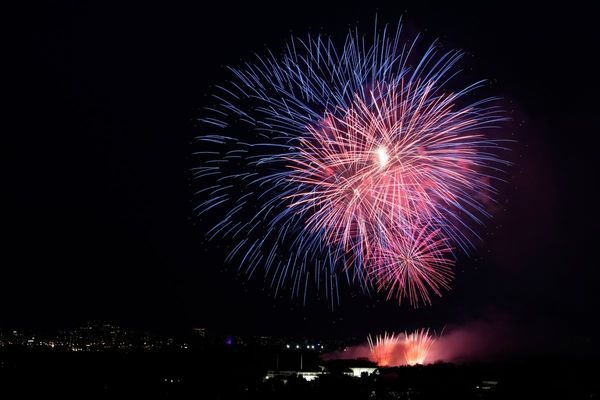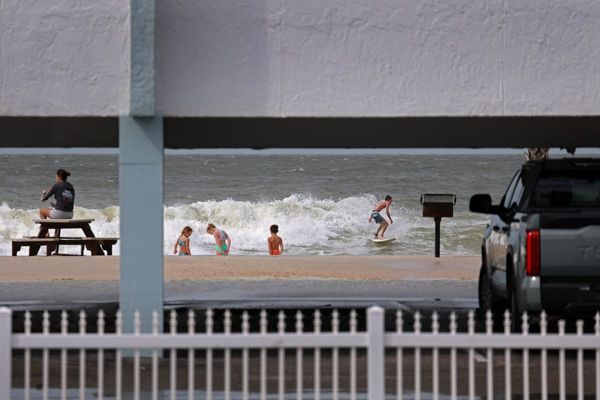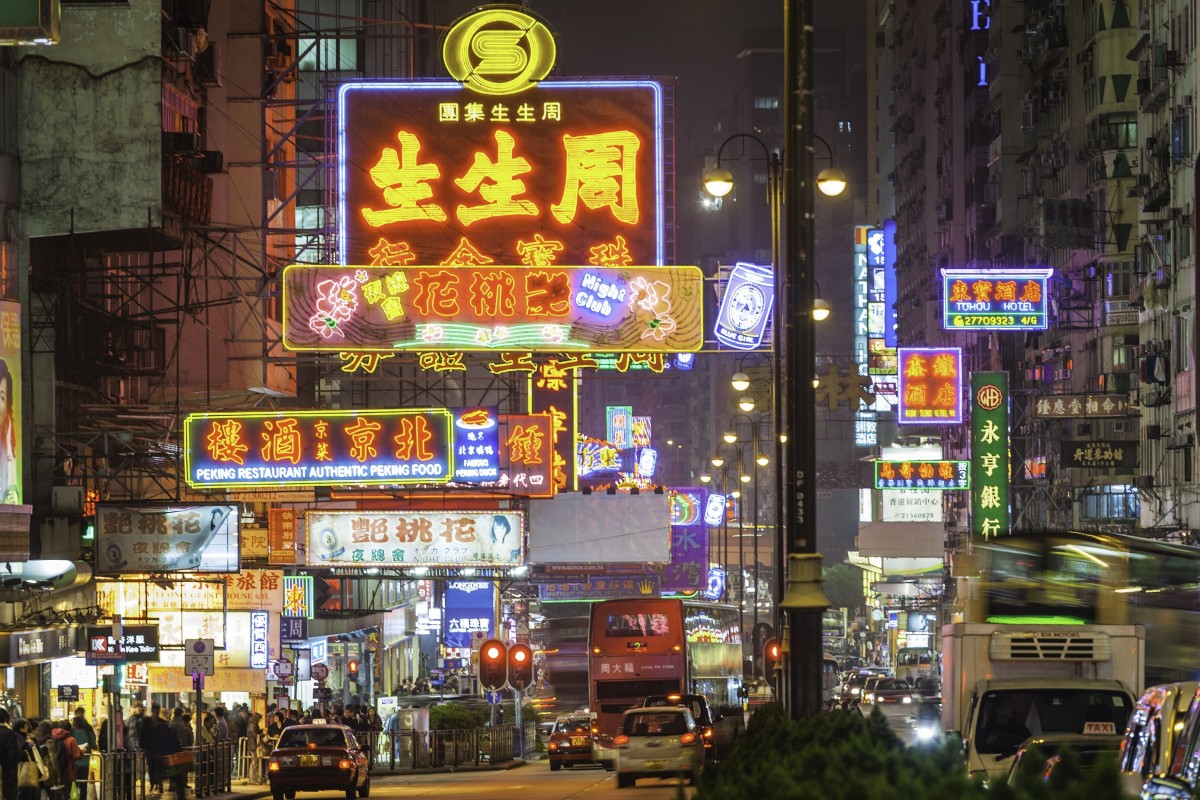
During the latter half of the 20th century, colourful signboards that projected horizontally over busy Hong Kong thoroughfares such as Nathan Road in Tsim Sha Tsui and Lockhart Road in Wan Chai were synonymous with the city’s vibrancy. Eye-catching, and many glowing in neon at night, they drew passers-by to shops and restaurants.
“For those of you living in Hong Kong, you all know the density of the streets and cityscape. So when you walk on the street, you seldom see the elevation and facade of the buildings,” says architect Ken Fung Tat-wai. “What you see are the different signboards protruding from buildings, which form a very vibrant cityscape of Hong Kong.”
But these markers have been quickly disappearing, something Fung and fellow architect Kevin Mak King-huai, both 36, began noticing about six years ago. One day, walking back to their office after lunch, they noticed the Chinese signboard of a pawnshop discarded on the ground and cut in half.
“At the time we didn’t think much of it. But we thought there was some kind of cultural value to it, and we asked the workers if we could keep the sign,” Fung recalls.
“So from there, we started paying more attention to the signboard streetscape in Hong Kong, and then in the following years we noticed a rapid disappearance of signboards from the streets.”
The reasons are twofold. Some older shops have shut, while the signs of some existing businesses have been taken down for failing to comply with the Buildings Department’s Signboard Control System regulations, implemented in 2010. The initiative kicked in after incidents in which neglected signboards came loose and fell onto pedestrians.
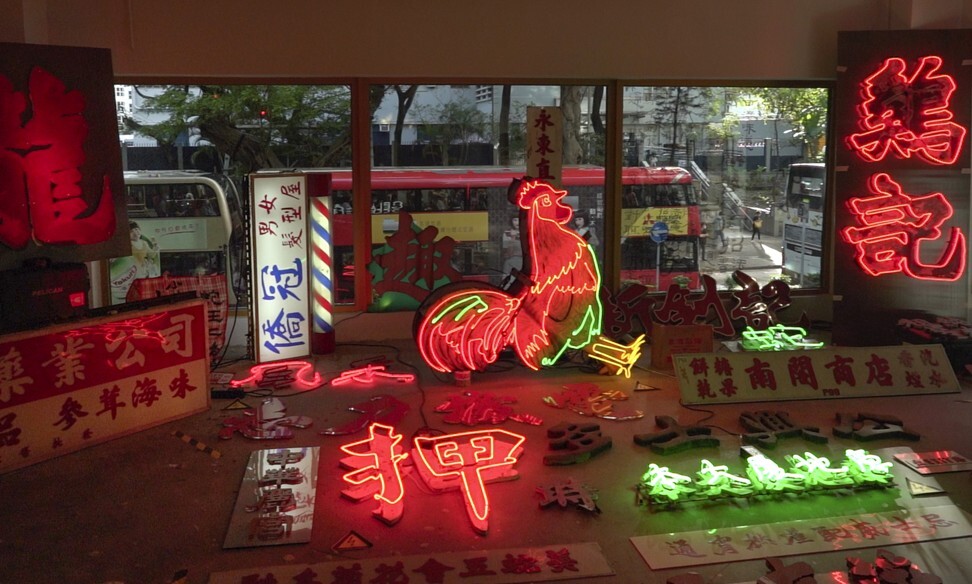
In 2017, Fung and Mak co-founded Street Signs Hong Kong, and have since made it their mission to rescue orphaned signs. They also assist businesses trying to retain their unique signatures by modifying or upgrading them.
“We have some knowledge about building codes, so we want to use our knowledge to help the shop owners who may receive an order from the authorities. If they don’t take down the sign by a certain date they will face a severe penalty,” Fung explains.
“For us, it’s not one or two very nice neon signs that matter … it’s how the signboards are layered, old and new ones, that create these very iconic street scenes in Hong Kong.”
Fung says they may advise shop owners ordering a new signboard to save the neon tubes and Chinese characters, and install them in the new one. If a shop is closing, as Hop Hing Noodle Ka, a restaurant in Kwun Tong specialising in beef offal dishes, did in April this year, the duo will collect the sign in a rented van and add it to their collection of some 90 signs in a warehouse in Tsuen Wan in the New Territories.
They hear of impending closures in the news, Mak says, and contact the shop owner. Sometimes contractors will tell them that they are taking down a sign and ask if they want it. Periodically the pair display items from their collection in an exhibition, the most recent of which was held at The Nate, a serviced apartment complex in Tsim Sha Tsui, in early June.
Called “Reconnect, Recreate”, the display comprised signs featuring Chinese calligraphy from shops and businesses that not only appealed to young people – who flocked to take photos and selfies – but also middle-aged residents for whom many of the exhibits made them nostalgic. Fung says the response was overwhelming.
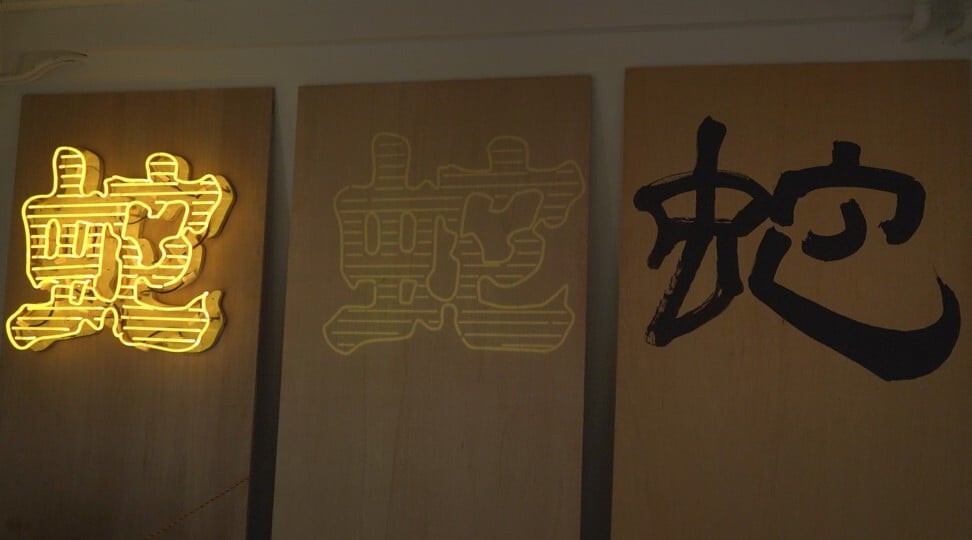
Historically when a shop owner needed a sign, a calligrapher was hired to write the business’ name in brush and ink, which was then taken to a sign maker to transpose the calligraphy into neon or onto Plexiglas.
According to Fung, Au Yeung Cheong is one of the last in Hong Kong who is both a calligrapher and sign maker. The 63-year-old has a small workshop in the mostly deserted State Theatre building in North Point, where the only other businesses are a shoe shop and a tailor.
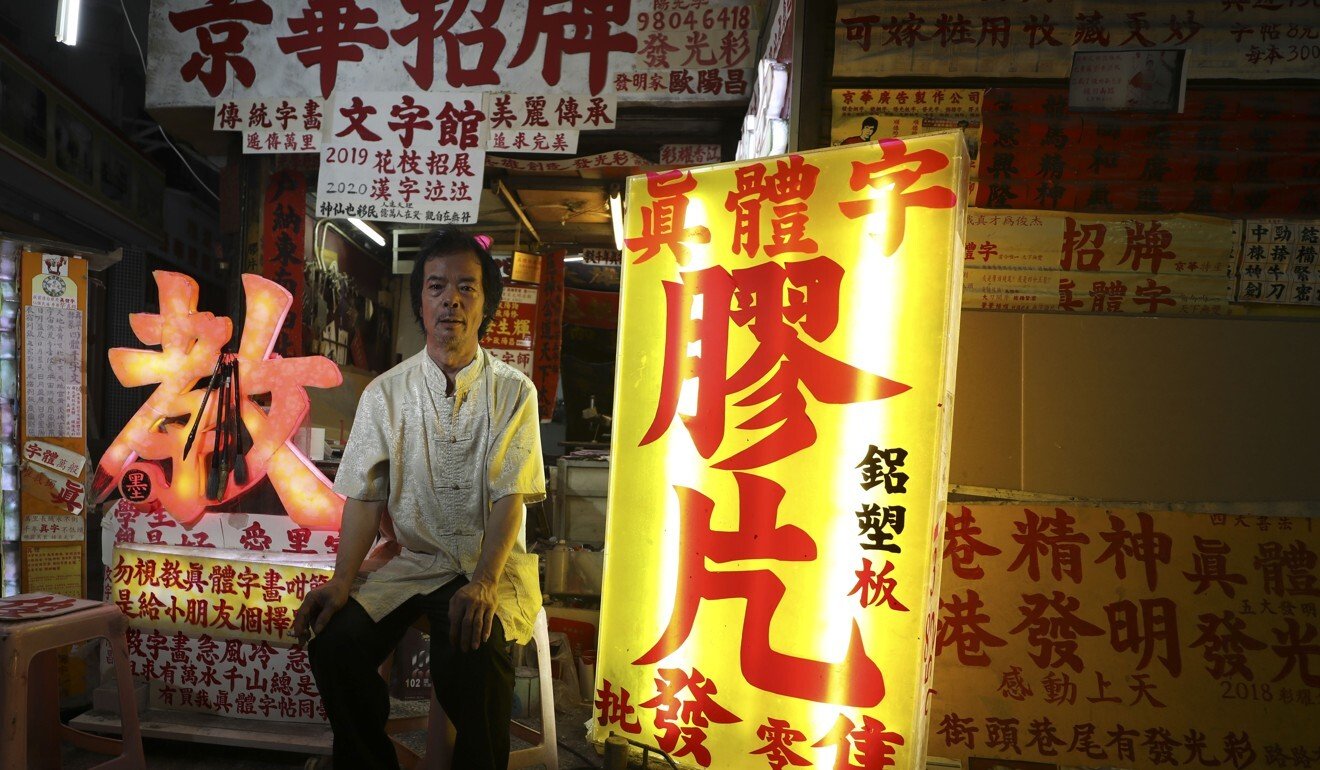
“I have been here for over 30 years making signboards,” says Au Yeung, walking through a maze of work he has created, from two-dimensional pieces for wall mounting to three-dimensional ones that light up. He has made more than 1,000 signboards for businesses of all sizes, he says.
“I write in real script [regular script] because you can see the brushstrokes and people like that. You can see the strength in the strokes and dots,” he explains. Real script is the style school-aged students copy when learning calligraphy.
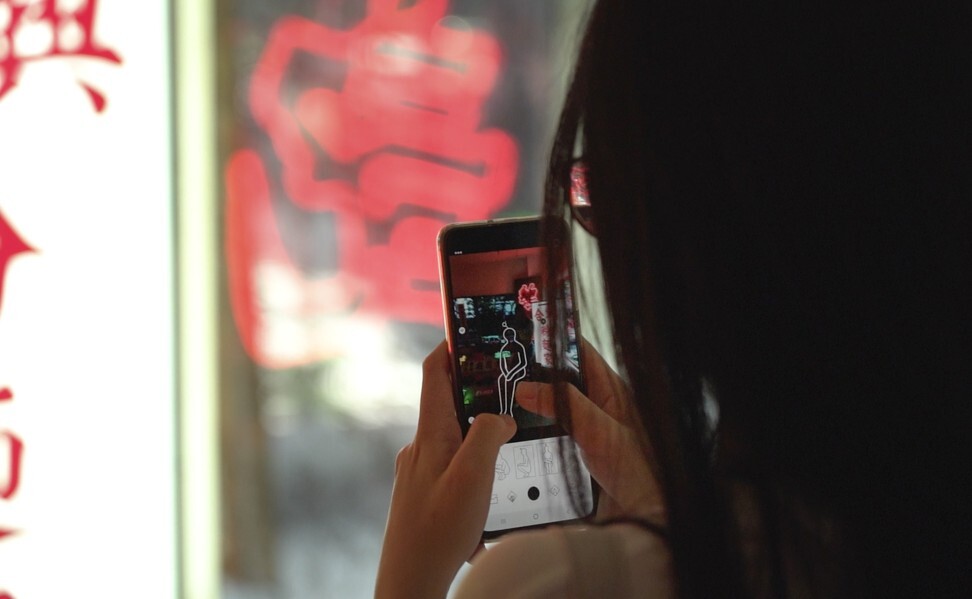
Going about his job, Au Yeung first writes them with brush and ink on paper before attaching it to a sheet of Plexiglas. He then uses an old stationary drill to cut out the characters with a clean finish. At a young age he was accomplished at writing Chinese calligraphy of various styles, he says, but insists that real script is the best.
“Buddhist scriptures were written in that style, and major buildings like the Temple of Heaven in Beijing, and Shanhai Pass [along the Great Wall of China in Hebei province] had their signage in real script too, along with important documents and silver coins,” he explains.
“The characters are upright, strong, and the strokes have strength, unlike those in the Song dynasty, which were skinny.”
In the old days, the signs were mostly designed for people walking on the street to see where the shop is. But these days you don’t depend on the signboards, you just use Google Maps to know where you are going - Architect Kevin Mak
Au Yeung insists his calligraphy is the best in Hong Kong after decades of practice, and characters generated by computers don’t meet his exacting standards. “When they enlarge the characters, they look terrible. The strokes and dots don’t come out well.”
Fung agrees, saying they are better suited to the screen or on printed materials.
“Chinese characters are composed of different parts. But when they write the character for the signboards, signboard calligraphers will join the strokes together so that each character can be made in one piece for easier installation. These are the little bits of wisdom they have and [which] cannot be found on computer fonts.”
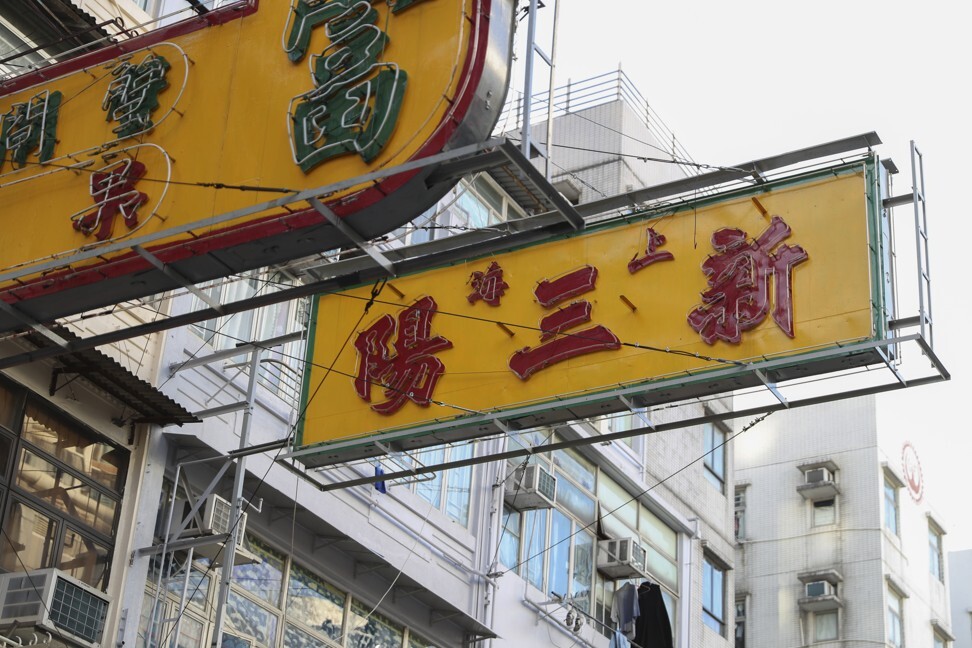
On their days off, Mak and Fung like to venture out to old neighbourhoods like Kowloon City to check out signs. They recently visited Kam Shing, a dried seafood shop across from the Kowloon City Market and Cooked Food Centre, where they learned from the owner that the sign was done by the renowned calligrapher Cheuk Siu-hung.
“From what we know, there are two prices [for signboards]: [those] with the calligrapher’s name on [are] cheaper because it’s an advertisement, but for ones without the name we won’t know who wrote the characters, so we have to ask the owner,” Mak says.
“Most of the time the owner won’t really care, but this one [at Kam Shing] knew. It was quite unexpected that it was this calligrapher because he is not usually known for this style of calligraphy, which was thicker than he usually did.”
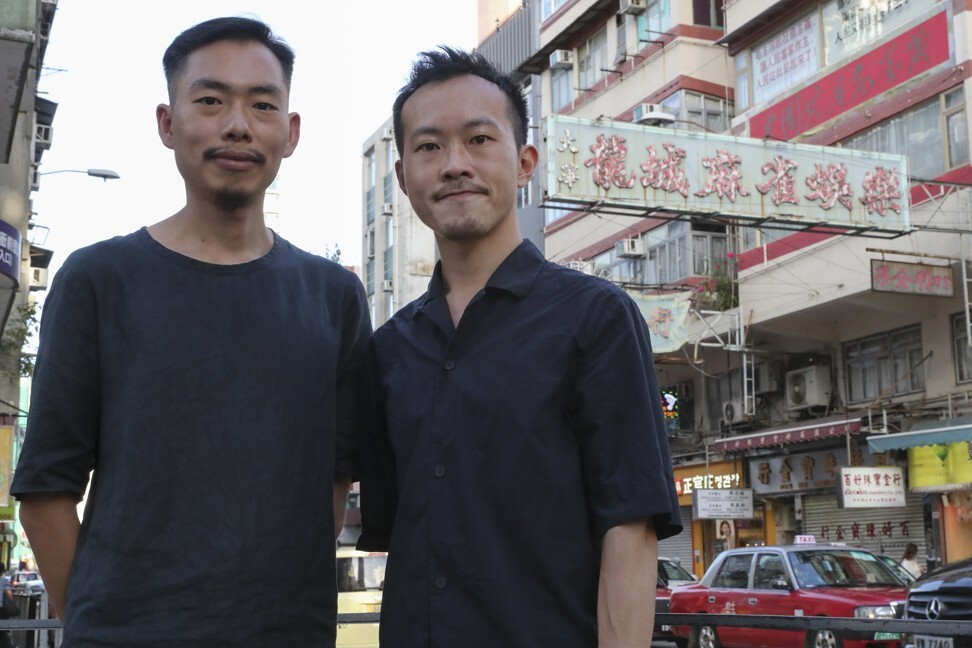
Down the road from Kam Shing is Lok Hau Fook, a Chiu Chow restaurant that has been around for more than 65 years and still retains its classic signage, which Mak says is harder to find these days.
“The L-shaped sign is one of the older types of sign shapes that has a narrow kind of geometry to bring your attention towards the shop itself. It has a few basic components of older signboard design. There’s the logo of the name of the place, and they put their signature dishes in the lower part [of the sign] in smaller characters.”
He explains that the restaurant uses the building’s architecture for promotion, for example using its four columns to attract passers-by, not just relying on the neon sign hanging above.
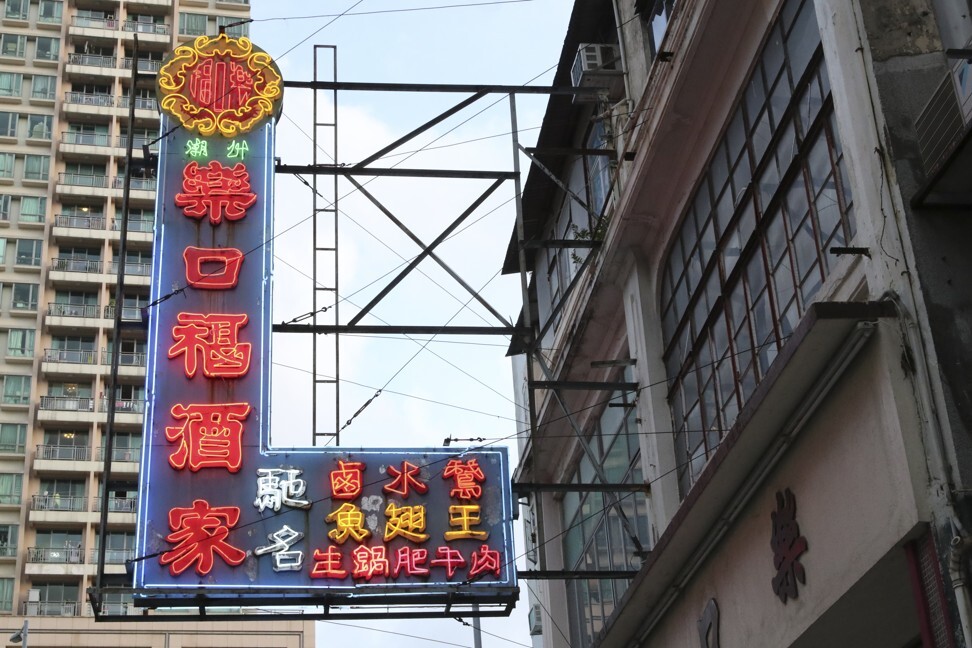
“In the old days, the signs were mostly designed for people walking on the street to see where the shop is. But these days you don’t depend on the signboards, you just use Google Maps to know where you are going,” Mak says.
Although calligraphy signs are disappearing from the city’s streets, the architects are heartened to see a few young entrepreneurs who are keen to revive the retro look of Chinese script on their shop signage.
More importantly, Mak and Fung hope people will see calligraphy not as something relegated to museums, but applied to everyday objects as a way to preserve Hong Kong culture.



